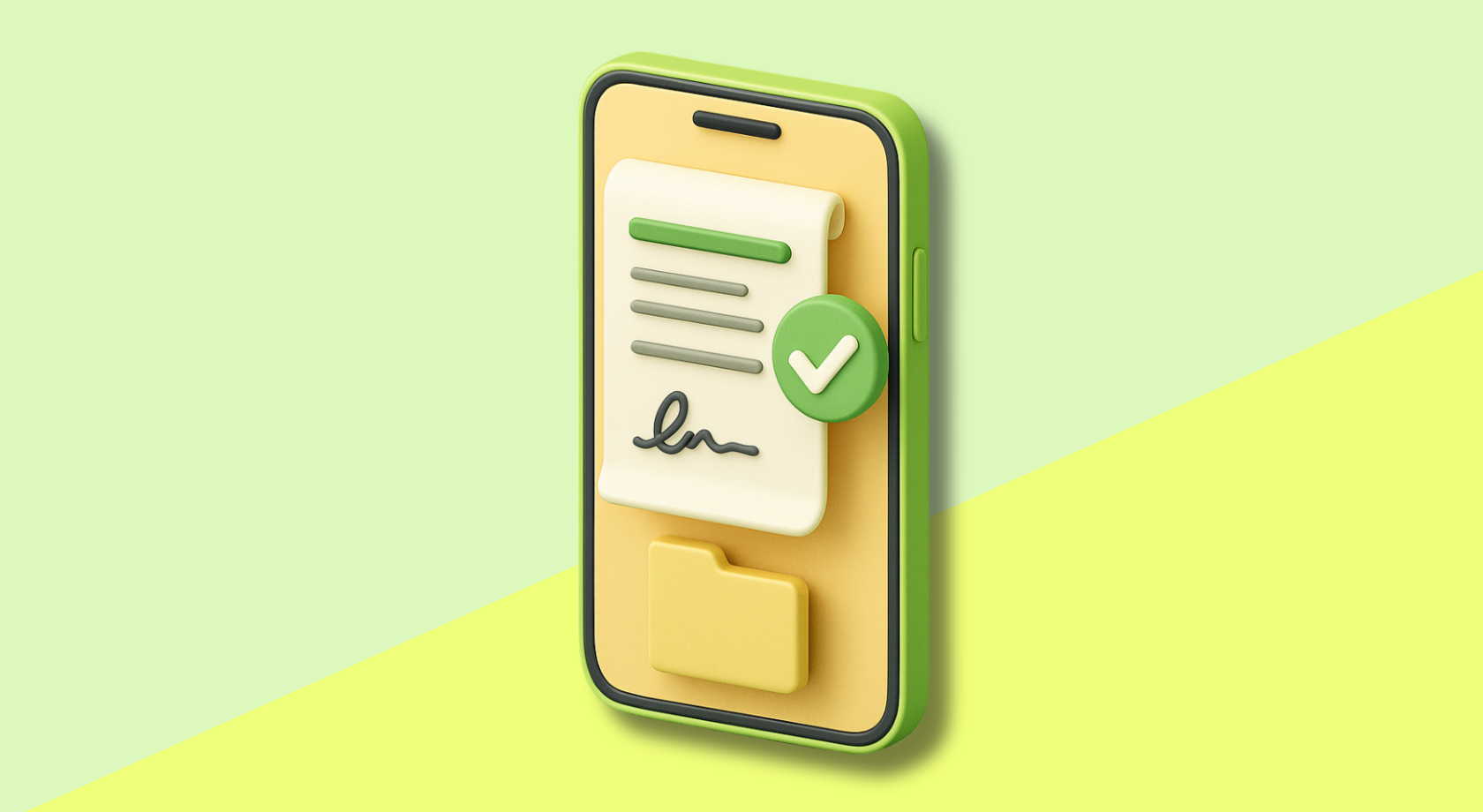- 5 min read


In 2025, contract lifecycle management (CLM) is no longer bound to boardrooms or desktops. Contracts move at the speed of business — and that means they need to be accessible, actionable, and secure across every device your team uses. Whether it's a last-minute approval on the commute, a quick clause lookup before a vendor call, or a full review while traveling — mobile CLM is now mission-critical.
The pressure on legal, procurement, and sales teams to move faster is growing. Yet, traditional contract workflows are still too often tied to desktop-bound interfaces and rigid approval chains. This slows down decision-making and creates friction where agility is needed most. If you’re stuck waiting to get “back to your laptop,” you’re already behind.
The reality is simple: business users are no longer tethered to their desks, and their contracts shouldn’t be either. With mobile contract management, teams gain the power to act without delays — leading to shorter sales cycles, proactive renewals, and more responsive negotiations.
Top 5 Bottlenecks Mobile CLM Solves
Unlike legacy systems, a mobile-first CLM doesn’t just shrink the interface — it reimagines workflows. The best platforms understand that mobile users aren’t trying to rewrite contracts from scratch. They need to review, respond, approve, and search — quickly and clearly.
Here’s what modern mobile CLM platforms like Contract Box enable:
1. Fast Approvals
Instantly approve, reject, or comment on contracts from your mobile device — with full access to version history, key terms, and status tracking.
2. Smart Reminders and Notifications
Stay updated on upcoming renewals, pending signatures, and contract milestones — via push alerts, SMS, or in-app notifications.
Contract Box was designed from the ground up to support a mobile-native experience. Its clean interface, built with Tailwind CSS and Radix UI, adjusts fluidly to phones and tablets without sacrificing usability. That means contract search, AI-driven Q&A, clause review, and metadata visibility are all available — whether you're at the airport or on the factory floor.
And unlike basic viewers, Contract Box lets you do more than look. You can:
Today, mobile CLM drives value beyond legal. Field sales leaders need access to the latest pricing terms during on-site demos. Procurement officers want to monitor supplier agreements while inspecting facilities. Executives want contract summaries at their fingertips before investor meetings.
With secure mobile access, each team works faster, stays informed, and reduces the burden on legal.
Of course, mobility must never come at the expense of protection. That’s why Contract Box brings enterprise-grade encryption, SSO login, role-based permissions, and tamper-proof audit trails to every mobile interaction. Your contracts are just as secure on your phone as they are in your vault.
Business won’t wait. Neither should your contract workflows. As deals, partnerships, and compliance demands evolve in real-time, your team needs the flexibility to keep up — anytime, anywhere.
With Contract Box’s mobile-first CLM, that flexibility is now standard.